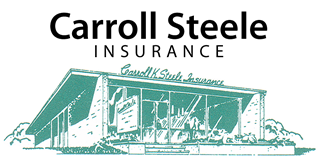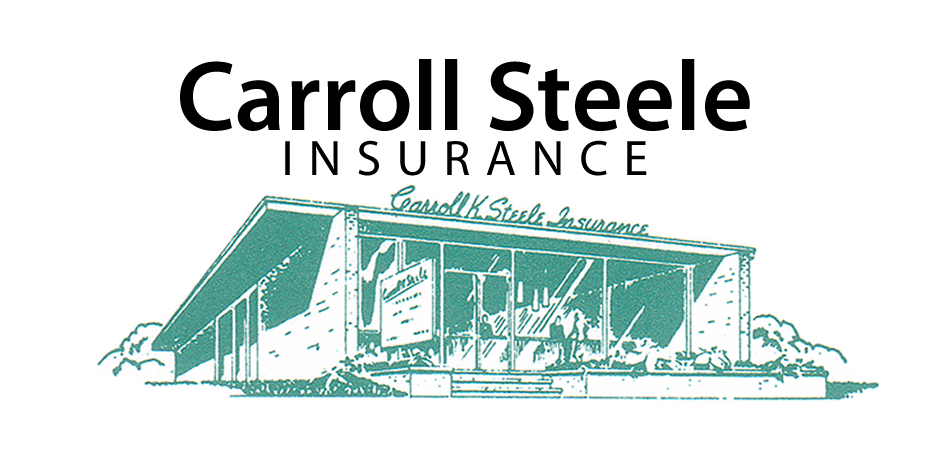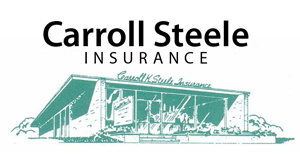Flood Insurance Tips & Trending Topics
Flood Insurance. Two words some homeowners hate to hear, or talk about. Premiums for some have more than doubled and recent map changes have thrown thousands of homeowners into a special flood hazard Zone when just a week ago they thought they were safe! Needless to say it’s a controversial topic for those who may require to carry it. With so many changes in coverage, FEMA rules and map changes it’s hard for even us to keep up. We talk to people daily about flood and their options. Through our experience we hope to provide some insight and hopefully relief to those who we not reached yet.
1% Is all it Takes – Special Flood Hazard Zones
According to FEMA and NFIP guidelines it only takes at least 1% chance of flooding for FEMA to designate an area as a Special Flood Hazard Area (SFHA). Of course, pricing fluctuates as the risk increases, but 1% is all it takes to require you to carry flood insurance if you have a federally back mortgage.
Flood Zones VE & AE
Everyone is in a flood zone. However, only two zone’s are considered higher risk zones: AE & VE. Flood Zone AE is usually reserved for areas at risk of river and in land bodies of water. Zone VE (velocity zone) is mostly coastal property that is at risk of tidal surge and wave damage and flooding. Flood Zone X is considered the lowest risk zone (under 1%) and is not a Special Flood Hazard Area. If you’re in Zone X you are considered a low risk and may qualify for a preferred rate flood policy. One thing I like to point out, however, is that FEMA historically reports the majority of flood loss happens in flood zone X! Go figure.
No One is Forced To Carry Flood Insurance… Unless
I get this one all the time. Someone calls me angry that the government is forcing them to carry flood insurance. Two reasons you may have to carry flood insurance. You have a mortgage and you are in a special flood hazard area (AE or VE), or you WANT to carry flood insurance. That’s it. No mortgage or equity line? Then it’s up to you if you want it.
When you have a mortgage on your home, or commercial property lending institutions require you to carry flood insurance up to the loan amount or replacement cost; whichever is lower. Just as homeowners insurance is required so is flood insurance when you take a loan out from a bank that is backed by the federal government (Freddie / Fannies Mae).
- 250k – Most banks can require on Residential homes
- 500k – Maximum on Commercial
- Excess Flood – available but not required by financial institutions
But just because you have no mortgage doesn’t mean you may not need flood insurance. It’s an important coverage to have especially if you live near the coast, or near any body of water that could be a threat for flooding. The biggest mistake is assuming FEMA is incorrect and a flood could never occur where you live. Flooding is becoming a more frequent issue for almost every state.
Do I Need Flood Insurance?
Good question. Aa mentioned earlier FEMA declares an area in a special flood hazard zone if there is at least a 1% chance a flood will occur. Flooding is the #1 natural disaster in The United States. 30% of flood insurance claims occur in low risk zones (X). Some home and business owners might see that a 1%, or even a 10% chance of flooding is low enough to take the risk and not carry flood coverage. Consider the options and decide for yourself if at least some coverage is worth having.
- 30% of flood insurance claims happen in low risk areas
- Flooding is the #1 natural disaster in The U.S.
Private Flood is Available for Less
A few carriers have recently returned to the flood market and are offering private flood for certain types of properties. Private flood does tend to be less money almost one third the cost sometimes! We have a private flood program that has been saving some of our clients a good deal of money. See below a list of qualifiers for our private flood program. If you can answer yes to all of these qualifiers give us a call to find out if you can save up to 44% on your flood insurance!
- Must be primary or secondary
- No losses in last 5 years
- Flood Zone AE and VE
- Single family only (changing soon)
Timing is Everything When Replacing Standard (NFIP) Flood Policy With Private Flood Coverage
If you plan to replace your a standard NFIP flood policy with a private flood policy plan way ahead and talk to your bank especially if you escrow and the bank pays your premium. Currently FEMA only allows a homeowner to cancel and replace a standard NFIP (National Flood Insurance Program) policy with another NFIP policy. FEMA does not recognize a private flood policy and will not accept it as coverage if a standard NFIP policy is already in place. If the standard flood policy gets issued it cannot be reversed and replaced by a private flood policy. You are stuck with it. FEMA is basically forcing homeowners to pay a higher premiums because of a flaw in their guidelines. Only until recently FEMA has provided an option to cancel your renewing standard policy before it renews, but this still doesn’t solve the problem.
Condo Associations Should Carry Flood Insurance – Not the Condo Owner
So many times I get calls from banks or condo owners requiring flood insurance for a condo purchase. However, insuring an individual condo owner does little to protect your investment, nor does it really protect the bank and their investment. Let’s say you buy a condo on the top floor in a four unit condo association. For the closing the bank requires you to carry flood insurance. The condo association tells you they don’t carry flood insurance because the other three unit owners voted against it because they don’t have mortgages and feel it’s an expense they don’t need to cover as an association. You close on your condo with a residential flood policy covering only your unit. Six months later a major storm causes severe flooding and damage to the foundation and first floor unit of your building. The damage is over $200,000; something the first floor unit owner cannot afford, or is willing to pay. The association contemplates assessing the unit owners for the cost to repair. Though the fourth floor unit owner has flood insurance it does not cover the first floor unit, or damage to the foundation yet in anger he refuses to pay any assessment as he has flood coverage. In the end, the unit owners strike down the assessment and require the first floor unit owner to pay for the repairs. The unit owner does not and walks away from the condo leaving the rest of the owners to pay for the damage while the fourth floor unit owner wondering why he even has a flood policy because it will not cover damage to the buildings foundation or lower floor.
This is a common scenario I often come across. Banks for some reason accept individual flood policies from condo owners knowing it will not protect them correctly. Condo Associations need to protect all property owners by carrying the flood coverage and should make sure this is required in the Condo Association bylaws just as property and liability coverage is. If you’re in the market for a condo and the building is in a special flood zone make sure you read the bylaws!
Elevation Certificates
If you haven’t heard of an elevation certificate you should have. Elevation certificate provides the elevation of your lowest floor (including basement or crawl space) and any adjacent land that slopes to or away from the structure. An elevation certificate is sometime required if you reside in flood zone VE and upon your second renewal of a zone AE flood policy. A licensed surveyor can provide an elevation certificate for you and the cost can range from $550 to $1,200 depending on where you live. Without an elevation certificate you could be paying more in premium than you need to as your property may be above the designated Base Flood Elevation (BFE), or elevation FEMA believes there’s at least a 1% chance of flooding. When you’re in a special flood hazard zone everyone starts out at the same elevation. The certificate will determine your homes specific elevation and could drastically reduce your flood premium. It won’t remove you from the flood zone, but it also can’t hurt you or make you pay more.
Contact us for more information about elevation certificates and how to get one to see if you can save on flood premiums.
Preferred Rated Flood Policy
There are two scenarios in which you can qualify for a preferred rate flood policy. Basically, a preferred rate is the minimum premium FEMA and the NFIP charge for a flood policy. The preferred policy in most cases provides up to $250,000 on your home, $100,000 on contents with a matching $1,250 deductible. Preferred rated policies are available to property owners in Flood Zone X, a non-special flood hazard area or two homeowners who recently, due to a map change, were placed in a special flood hazard zone (AE, VE). Those who were recently placed in a SFHA zone can pay the preferred rate for two years.



